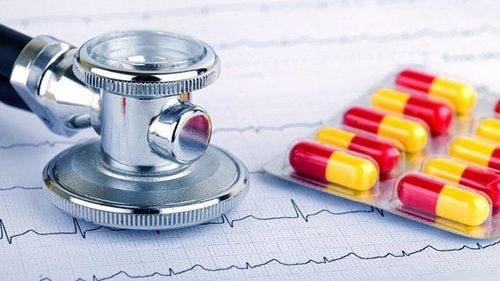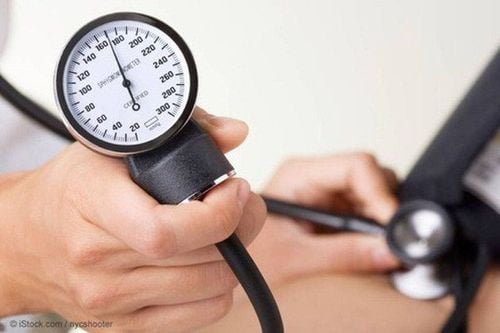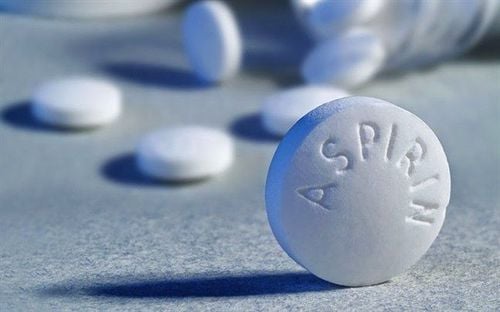This is an automatically translated article.
The article was written by MSc Vu Thi Tuyet Mai - Cardiologist, Cardiology Center - Vinmec Central Park International General HospitalMost people with broken heart syndrome recover within days or weeks if detected and treated early. There is no permanent damage to the heart muscle and there is a low risk of recurrence.
1. What is broken heart syndrome?
The disease was first reported by Sato with 5 patients in Japan in 1990 [5] with the meaning of Japanese octopus trap, also known as Takotsubo disease and first reported in the US in 1998
Since then, the number of reports has continued to increase, broken heart syndrome is a group of symptoms similar to heart attacks, occurring in response to physical or emotional stress.
Most people with broken heart syndrome think they are having a heart attack because the symptoms, like shortness of breath and chest pain, are the same in both cases. However, people with broken heart syndrome do not have coronary artery blockages and usually recover quickly. Broken heart syndrome is also known as stress-induced cardiomyopathy, dysfunctional stress or impaired contractile function of the heart muscle.
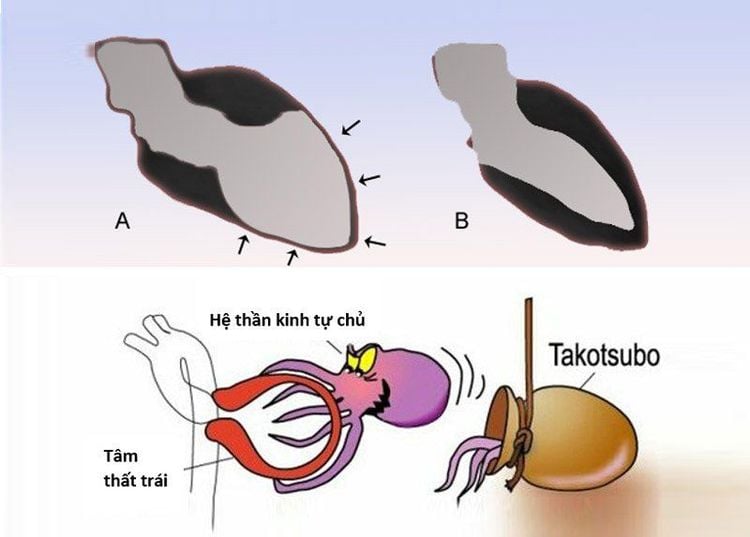
Figure 1. (A) Mỏm tim trái dãn rộng, phình lên giống chiếc bình trong bệnh Takotsubo so với (B) là bình thường
2. Is broken heart syndrome common?
According to the National Heart, Lung, and Blood Institute, an estimated 1.2 million people in the United States in 2007 had a heart attack (blockage of a blood vessel that feeds the heart). Meanwhile about 1 percent of this estimated number, 12,000 people have broken heart syndrome.
Who is affected by broken heart syndrome?
Women are more susceptible than men, accounting for 90% of diagnoses, especially Asian women and/or Caucasian women of menopause. Usually previously completely healthy, with no history of cardiovascular disease.
3. What causes broken heart syndrome?
The cause of broken heart syndrome is still not fully understood. Illness usually occurs after emotional (such as death of a loved one, divorce, fear, unexpected reunion, big lottery win) or physical (acute asthma attack, physical exertion) excessive, postoperative).
The human response to such events causes the release of stress hormones (catecholamines) that temporarily reduce the contractile activity of the heart muscle, or cause the heart to contract too hard, violently instead of according to tissue. stable shape. In the classic description of Takotsubo disease, it is characterized by transient apical enlargement and decreased contractility.
4. What are the symptoms of broken heart syndrome?
Symptoms can occur within minutes or hours of a stressful stimulus, and are similar to heart attacks. Need to get to the emergency room promptly. Symptoms include:
Angina (sudden, severe chest pain): most hospitalized patients have chest pain (70% - 90%) Shortness of breath Arrhythmia (irregular heartbeat)
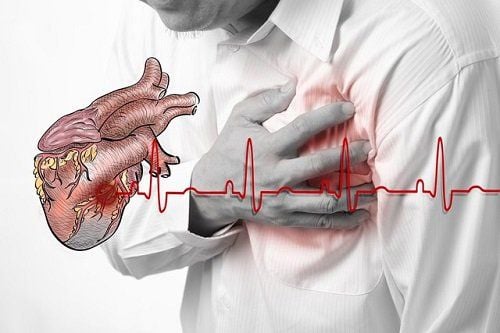
Đau thắt ngực là triệu chứng của bệnh trái tim tan vỡ
Cardiogenic shock (heart's inability to pump enough blood to meet the body's needs. The effects of hormones stun the cells of the heart, causing dysfunction, but this effect is usually not long-lasting, usually days to weeks Fainting Low blood pressure Heart failure
5. How is broken heart syndrome diagnosed?
Take history: chest pain or dyspnoea after emotional stress or serious exercise Electrocardiogram: abnormal Coronary angiogram: no coronary obstruction Echocardiogram: apical and regional images between left ventricle immobilized or aneurysm, reduced contractility cardiac MRI in complex conditions Ventricular angiography (to assess the size and effective contractility of the cardiac chambers) Based on the test results, several clues help distinguish broken heart syndrome from a heart attack:
Symptoms of broken heart syndrome come on suddenly, after a stressful event. The electrocardiogram will show abnormal electrical activity but not the same as the changes seen during a heart attack. The coronary arteries that feed the heart are not blocked. The left ventricle (apical portion of the heart) shows abnormal expansion and contraction. Cardiac enzyme tests are usually higher than normal, but not as high as during an acute myocardial infarction.
6. How is broken heart syndrome treated?
Initially, the symptoms of broken heart syndrome will be treated like a heart attack. Once a diagnosis is made, broken heart syndrome is treated with medications such as ACE inhibitors to lower blood pressure, beta blockers to slow the heart rate, diuretics to flush out fluids, and medications. Anti-anxiety to control stress.
Treatments such as angioplasty , stenting and surgery are used to treat a heart attack , but are NOT used in cases of broken heart syndrome because in this case the blood vessels supplying the heart are not stuck.

Điều trị bệnh trái tim tan vỡ bằng nhiều loại thuốc kết hợp với nhau
7. What are the complications associated with broken heart syndrome?
Sometimes complications can occur such as: heart failure, arrhythmia, acute pulmonary edema, shock, hypotension, syncope.
8. Can broken heart syndrome be prevented?
There is no cure that can prevent broken heart syndrome but learning how to manage stress, relax, and solve problems can be helpful in improving both psychological and physical health. Stress management can also be improved with exercise and anti-anxiety medications.
9. What is the prognosis for patients with broken heart syndrome?
Although broken heart syndrome can sometimes be fatal, most people recover within days or weeks. There is no permanent damage to the heart muscle and there is a low risk of recurrence (no more than 10% of cases). Compare that to the recovery time after a heart attack which can be a month or more.
The doctor may recommend a follow-up echocardiogram about 4 to 6 weeks after discharge, depending on the patient's condition.
Vinmec International General Hospital is one of the hospitals that not only ensures professional quality with a team of leading medical professionals, modern equipment and technology, but also stands out for its examination and consultation services. comprehensive and professional medical consultation and treatment; civilized, polite, safe and sterile medical examination and treatment space.
Customers can directly go to Vinmec Health system nationwide to visit or contact the hotline here for support.
MORE:
Angina (cardiac constriction): Causes, symptoms, diagnosis and treatment Myocardium: Causes, symptoms, diagnosis and treatment Signs of myocardial infarction you need to know





